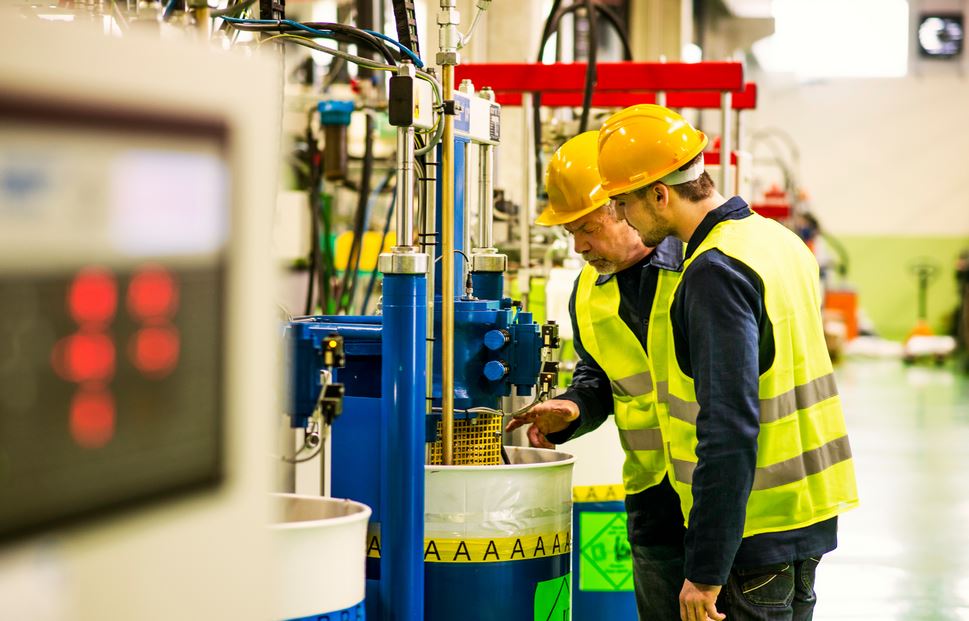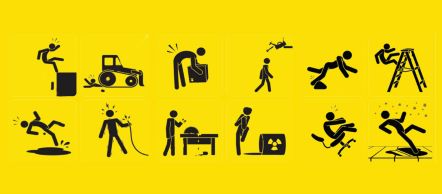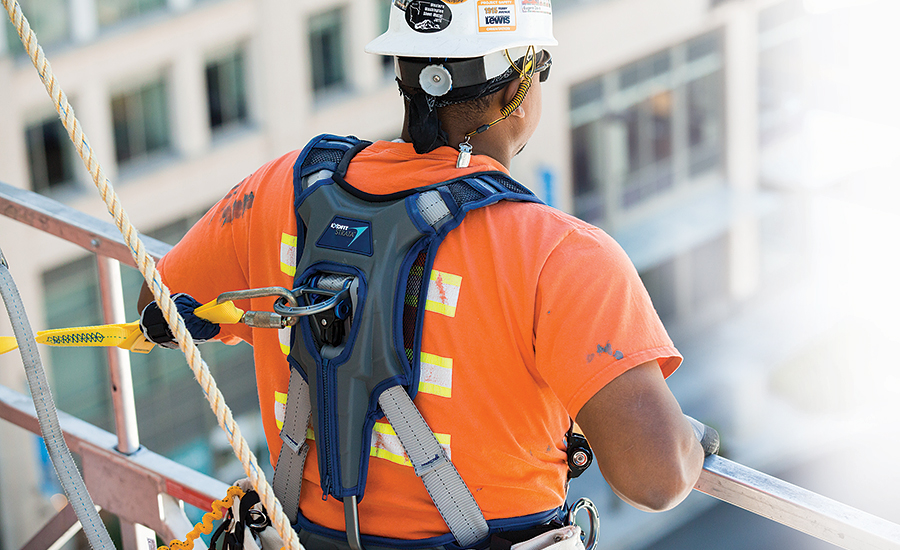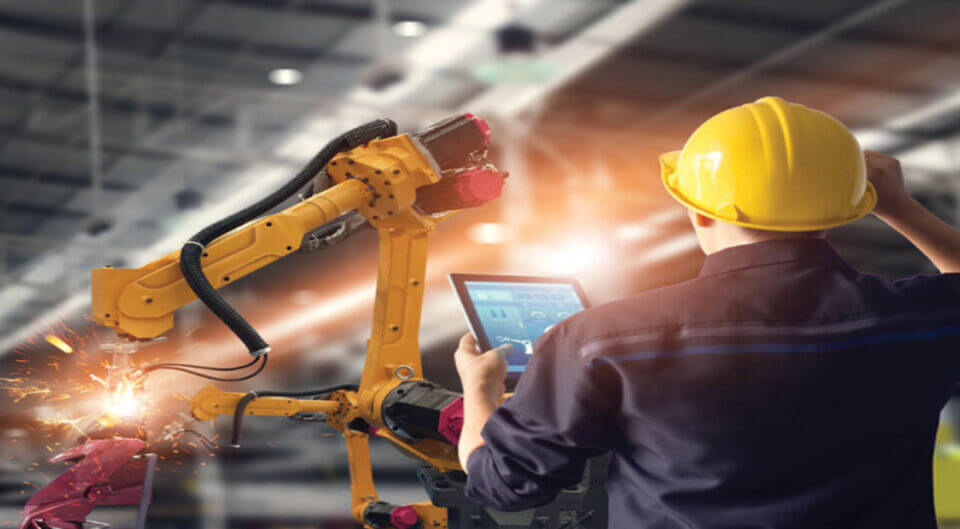
Revolutionizing Manufacturing Operations with Digital Signage
July 18, 2022
Ensuring Machine Readiness for Inspections: Strategies for Peak Performance
July 18, 2022
Revolutionizing Manufacturing Operations with Digital Signage
July 18, 2022
Ensuring Machine Readiness for Inspections: Strategies for Peak Performance
July 18, 2022The manufacturing industry is a cornerstone of innovation and productivity, but it also harbors numerous hazards—both visible and hidden—that threaten worker safety. Recognizing and mitigating these dangers is crucial for protecting employees and maintaining smooth operations. This guide delves into the specific risks and safety challenges within four manufacturing sectors: Textile, Petroleum, Pulp and Paper, and Metal Fabrication. By shining a light on overlooked hazards, we aim to foster safer workplaces across the industrial landscape.
Textile Industry: Managing Dust and Chemicals for Worker Safety
In the textile sector, workers encounter a dual threat of biological and chemical hazards. Cotton dust, a highly flammable and respiratory irritant, is a common biological risk. On the chemical side, exposure to dyes and treatment agents poses environmental and health concerns.

Key Safety Measures:
- Implement rigorous air quality controls to manage dust levels.
- Educate workers on safe handling and disposal of chemicals.
- Establish regular health check-ups to detect early signs of exposure-related issues.
Petroleum Industry: Stringent Safety Protocols to Combat High-Risk Operations
The oil and gas sector is synonymous with danger, requiring heightened vigilance and safety measures. Common risks include:
- Motor vehicle accidents: A leading cause of injuries in this sector.
- Burns and chemical exposure: Flammable substances and hazardous chemicals are ever-present.
- Heavy machinery accidents: Risks of entrapment or being caught between equipment.
Key Safety Measures: - Conduct frequent safety training and drills.
- Maintain clear communication channels and emergency protocols.
- Regularly inspect and maintain vehicles and machinery.
Pulp and Paper Industry: Addressing Mechanical and Chemical Hazards
Paper mills present a complex safety landscape involving both mechanical and chemical risks. Workers face potential injuries from:
- Falling objects and crushing hazards linked to heavy machinery.
- Chemical exposure to sulfuric acid, chlorine, and other compounds.
- High noise levels, which can lead to hearing damage over time.
Key Safety Measures: - Ensure all equipment undergoes routine inspections.
- Provide personal protective equipment (PPE) tailored to chemical and noise hazards.
- Develop a strong safety culture that emphasizes proactive hazard identification.
Metal Fabrication: Protecting Against Ergonomic and Tool-Related Risks
Metal fabrication workers are at risk from injuries caused by repetitive motions, prolonged vibrations, and awkward postures, which can lead to musculoskeletal disorders such as carpal tunnel syndrome. Material handling and tool usage present additional dangers.
Key Safety Measures:
- Introduce ergonomic tools to reduce strain and prevent repetitive stress injuries.
- Train employees in proper lifting techniques and tool handling.
- Rotate tasks to minimize prolonged exposure to repetitive motions.
Building a Safer Manufacturing Culture
Achieving a safer manufacturing environment requires a comprehensive approach to risk management:
- Educate and train workers to recognize and address workplace hazards.
- Invest in protective equipment and ergonomic tools to minimize physical strain.
- Cultivate a culture of safety by prioritizing risk assessments and regular inspections.
For expert advice and a wide range of industrial safety solutions, visit EZSecur at www.ezsecur.com. Together, we can create safer, more efficient workplaces across every manufacturing sector.





